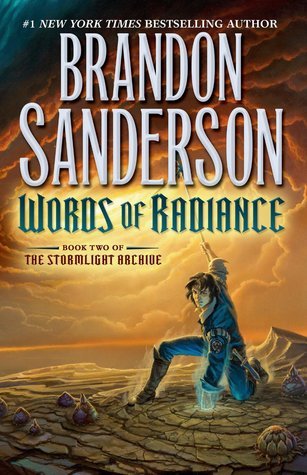Rationality: What It Is, Why It Seems Scares, Why It Matters by Steven Pinker, 412 pages
If it snows, it's cold. That is a true statement, right? But think about that in reverse. If it's cold, it snows. Is that always true? No, because there are a multitude of reasons why it could be cold but also not snowing. Welcome to the wonderful world of logic! If you were in a freshman logic course, this might be the first logic puzzle you encounter. Logicians swap the nouns for letters (if A, then B) and try to turn statements like these (and longer) into a mathematical equation to be proven true or false. This is where the book Rationality gets started.
In this text, Harvard psychologist Steven Pinker makes his case for the importance of rationality, a concept as old as Greek civilization, but no less important, especially in our modern time. Pinker discusses how rationality, more than anything else, predicates most of what we do and what we achieve as individuals and as a society. If you've felt like the world around you is descending into chaos, Rationality is a good book to offer some hope about the world while improving your own critical thinking skills. Some of the best parts of this book involve Pinker's descriptions of informal fallacies, arguments labeled as straw man, ad hoc, ad hominin, bandwagon and more. But he not only writes of rationality as a basic paradigm for better understanding, but illustrates how some of our unseen biases can hinder that understanding in ways you've never considered.
Pinker dives into probabilities and statistics and gives a laypersons understanding of how each works and how one might apply such thinking to everyday scenarios. One such scenario that had me testing it at the dinner table involved a logic problem dubbed the Monty Hall Dilemma, which, based off an old television show called "Let's Make A Deal," indicates that a contestant should always switch doors when given the option of winning a prize (at the time this was confirmed by Marilyn vos Savant in 1990, widely considered to be the world's smartest woman due to her inclusion in the Guinness book of World Records for the highest score on an intelligence test).
I will admit, that, at times, Pinker singles out "woke" culture, which gives me the impression that he's of an older generation railing against the youth today, but he does list some concerning instances of college culture becoming too protected and too politically correct--so much so that it conflicts with rationality as Pinker sees it. However, this book doesn't really go into a political diatribe for one side or another. Pinker's devotion is to critical thinking and furthering the main principals of the enlightenment for a new age.
Recommended for adults interested in math, probability and critical thinking.

















































